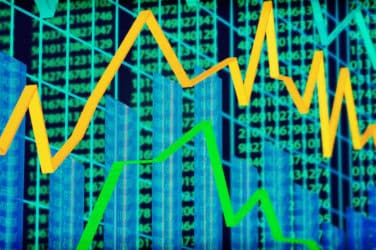
Recent events in the markets including the collapse of MF Global have made it more important than ever for broker-dealers to shore up their risk management practices.
The bankruptcy filing of derivatives broker-dealer MF Global highlighted several concerns permeating the markets in recent years. Since the financial crisis, efforts have been made on increasing the transparency in over-the-counter derivatives trading and on risk management practices. The failure of MF Global further puts the spotlight on these issues.
“Risk management departments will grow,” David Sobel, executive vice president, general counsel and chief compliance officer at Abel/Noser, a New York independent broker-dealer, told Markets Media. “That was one of major issues of MF Global, there was little or no risk management over there, judging from the size of the bets they were making. It’s something that’s been on the rise in the past two or three years. It’s a major issue that Finra and the SEC and other regulators will be looking at even more now.”
MF Global is the latest example of a broker-dealer failing in a process that has been ongoing over the past several years. According to Finra, the amount of total registered broker-dealers has dropped about 10 percent in the past five years, from 5,029 in 2006 to 4,522 as of mid-2011. A majority of the downed brokers have been a result of the overall decline in equity trading volume, leading to tighter profit margins for many.
The volatility in recent months has only exacerbated matters, as certain classes of investors look to sit on the sidelines until the markets settle down.
“You can find 20 different excuses why the markets are going up or down, none are fundamental,” said Sobel. “Look around the world. Greece is a major reason for the volatility, Europe is affecting our markets tremendously because so much trading is global now.”
The Chicago Board Options Exchange’s Volatility Index, or VIX, reached a high of 48 on Aug. 8, as the markets reacted to the debt ceiling situation and the Standard & Poor’s downgrade of U.S. debt. It then fluctuated through the mid-30s until recently spiking up to above 45 in early October. As of mid-day Nov. 8, the VIX was trading at about 28.




